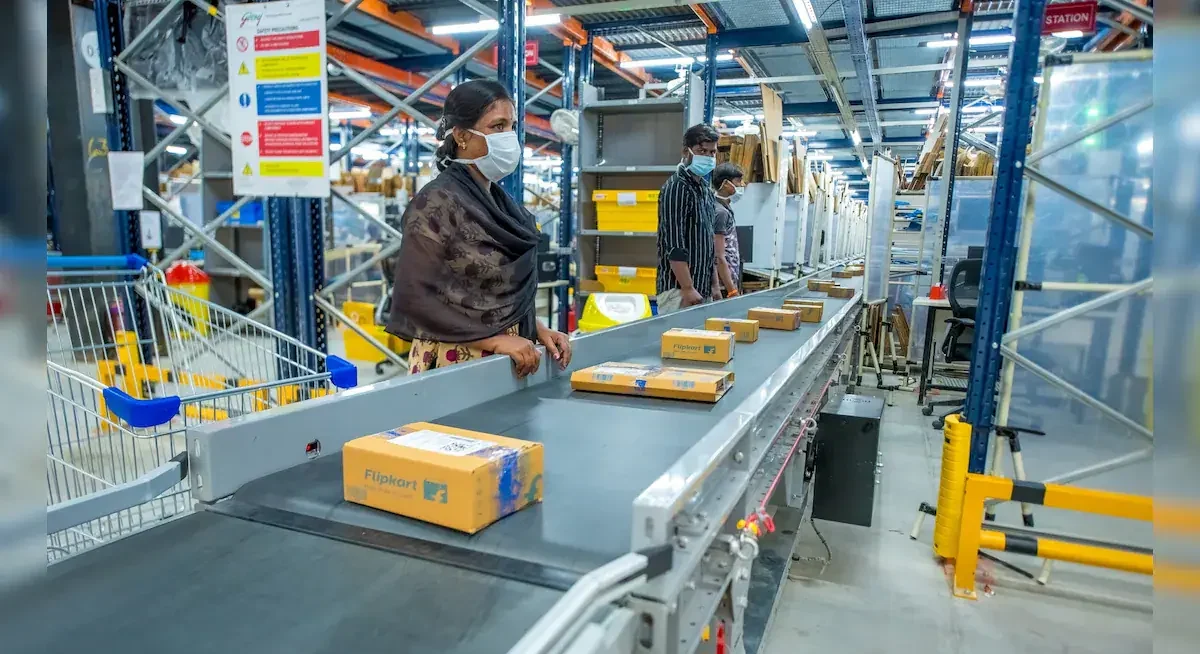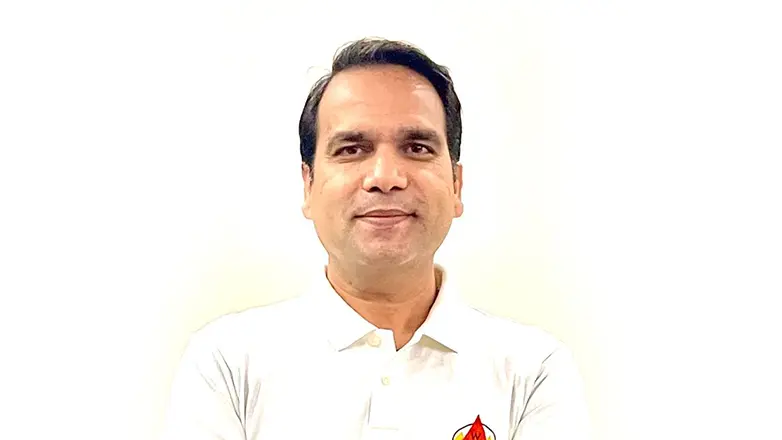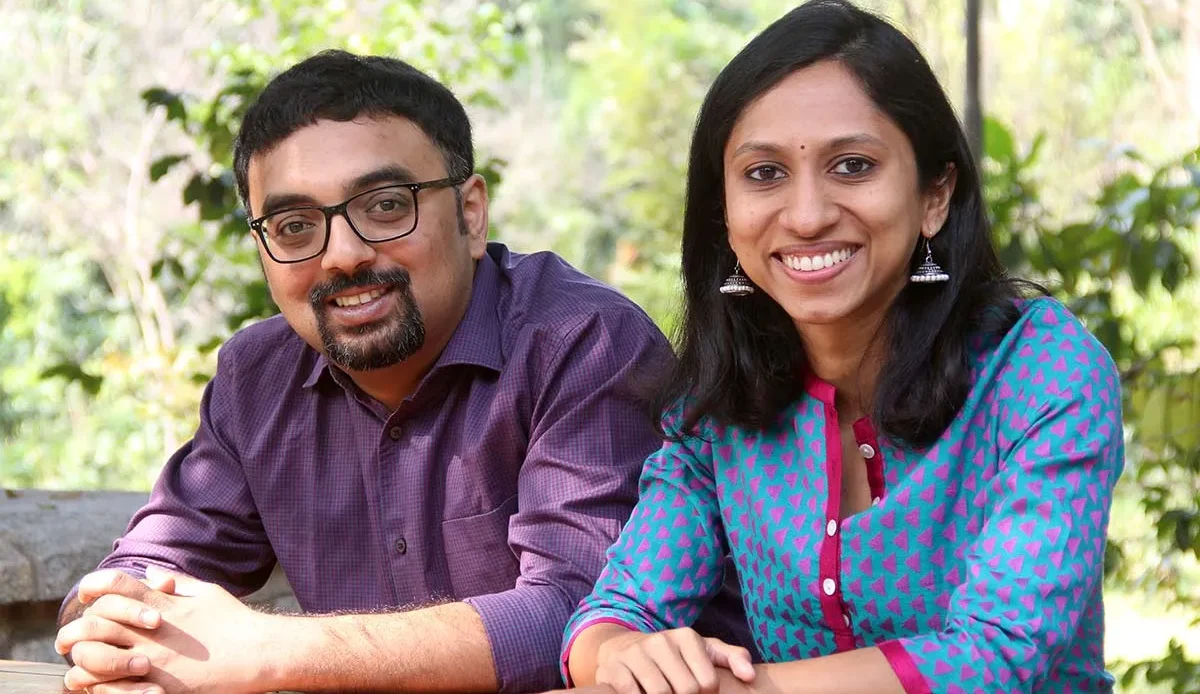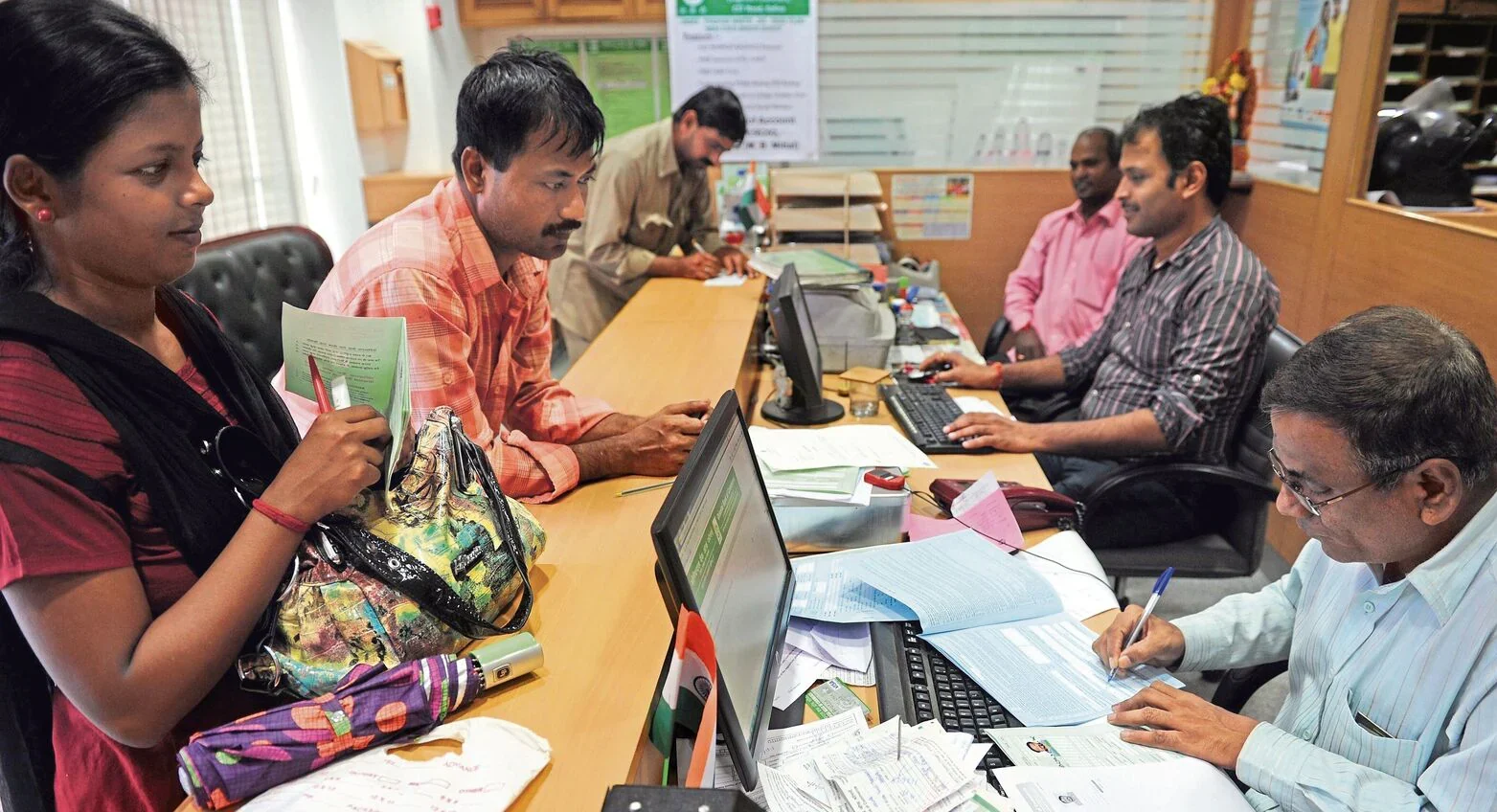Finally, under the Narendra Modi-led central government, the Prime Minister’s Electric Drive Revolution in Innovative Vehicle Enhancement, or PM E-DRIVE scheme, has been notified. This initiative would put rocket fuel into the growth of adoption of electric vehicles in the country, achieved with an investment of ₹10,900 crore.
The PM E-DRIVE scheme will be placed at the onset of October 1, 2024. It will then run until March 31, 2026. Allocation of the Scheme: Outlay of the Scheme in Two Fiscal Years Budgetary allocations for FY 2024-25 are ₹5,047 crore and FY 2025-26 is ₹5,853 crore.
The initiative will propel electric two- and three-wheelers and make EVs more accessible to consumers. There will also be grants for infrastructure development: electric buses, charging stations, and improvements to the designated testing agencies.
It subsumes the Faster Adoption and Manufacturing of Hybrid and Electric Vehicles in India, or FAME-II, which was announced in 2019 with a gross budget outlay of ₹10,000 crore, increased later to ₹11,500 crore for supporting electric vehicles up to March 2024. PM E-DRIVE also subsumes another scheme—Electric Mobility Promotion Scheme 2024, or EMPS-2024, which had an initial outlay of ₹778 crore for the first half of FY 2024.
The PM E-DRIVE scheme will provide demand incentives so that the cost to the customer for purchasing EVs will be less. For the first year, the scheme has proposed an amount of₹5,000 per kWh as a demand incentive for electric two-wheelers and three-wheelers, which should be tapered down to 2,500 per kWh for the succeeding year.
This would involve an expenditure of around ₹8,070 crore, which will be spent on buying over 14,000 electric vehicles. The amount towards electric buses will be ₹4,391 crore and toward electric two-wheelers ₹1,772 crore. At the same time, the government also intends to expand the charging station network up to 2,000 sites along with upgrading comprehensive testing facilities for EVs across the country.
The capital asset creation to the tune of ₹7,171 crore will act as a stimulus for state governments to offer further support through both fiscal and non-fiscal incentives. This is an important step toward a more sustainable electric future for India’s transport landscape.









